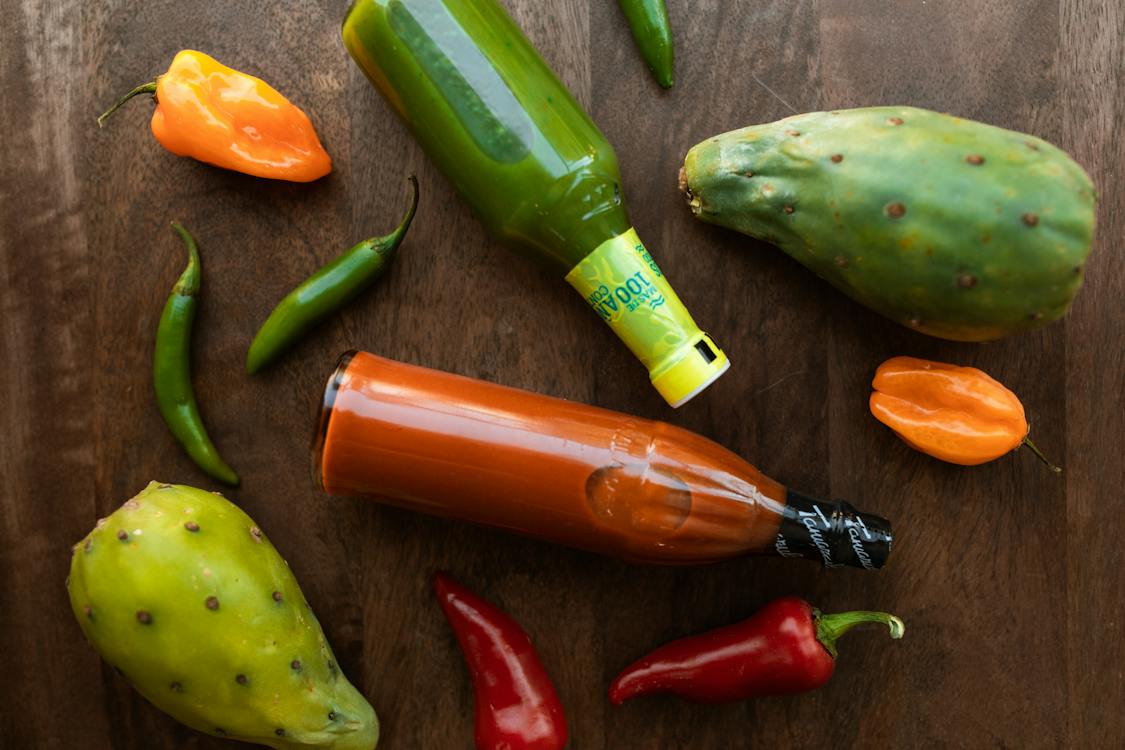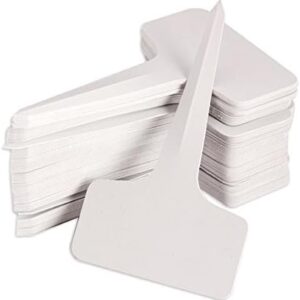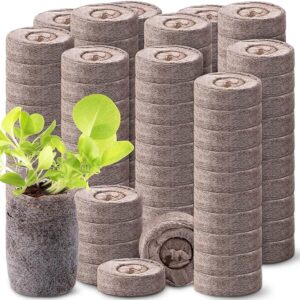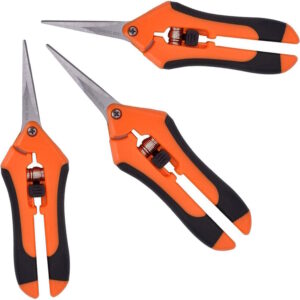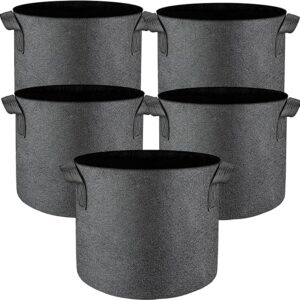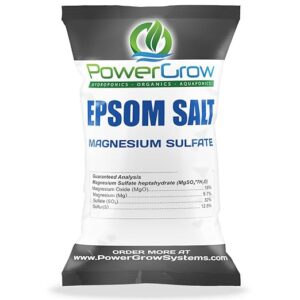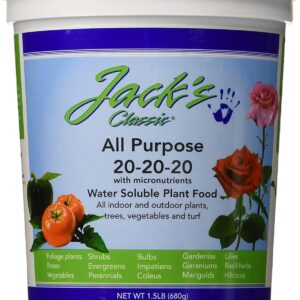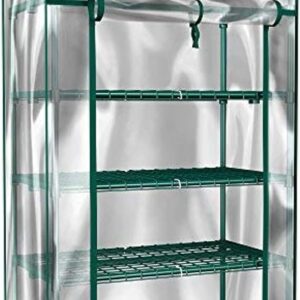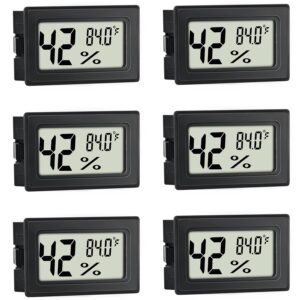Creating your own hot sauce is a flavorful journey that allows you to tailor the heat level and taste to your preference. In this recipe, we’ll guide you through the basics of making a versatile chili pepper hot sauce. Whether you’re aiming for a milder kick or a fiery explosion, this recipe provides a foundation for experimentation, drawing inspiration from various chili styles and culinary uses.
Ingredients:
Base Ingredients:
- 2 cups of fresh chili peppers (e.g., jalapeños, serranos, or a mix for complexity)
- 3 cloves of garlic, minced
- 1 cup white vinegar
- 1 teaspoon salt
- 1 tablespoon sugar (optional, for balance)
Additional Ingredients for Flavor Variations:
- 1 teaspoon onion powder for depth
- 1 tablespoon lime juice for a citrusy zing
- 1 teaspoon cumin for earthy warmth
- Fresh herbs like cilantro or parsley for a fresh twist
Instructions:
1. Selecting Chili Peppers:
- Choose chili peppers based on your desired heat level and flavor profile. For milder sauce, opt for sweet peppers like red bell peppers. For medium heat, try jalapeños or serranos. For a fiery sauce, experiment with habaneros, Thai bird chilies, or even Carolina Reapers.
2. Preparing the Peppers:
- Remove stems from the peppers and chop them roughly. Include seeds for extra heat or deseed for a milder sauce. Wear gloves when handling hotter peppers to avoid skin irritation.
3. Cooking the Base:
- In a saucepan, combine the chopped peppers, minced garlic, vinegar, salt, and sugar (if using). Bring the mixture to a simmer over medium heat. Cook for 10-15 minutes until the peppers are softened.
4. Blending:
- Let the mixture cool slightly before transferring it to a blender. Blend until smooth, adjusting the consistency with additional vinegar if needed.
5. Straining (Optional):
- For a smoother sauce, strain the mixture using a fine mesh sieve or cheesecloth to remove any solids. This step is optional, as some prefer a chunkier texture.
6. Customizing Flavors:
- This is where you can get creative! Add in additional flavorings like onion powder, lime juice, cumin, or fresh herbs. Taste as you go and adjust to achieve the desired balance.
7. Adjusting Heat:
- To control the heat, start with fewer seeds and membranes for a milder sauce. For more heat, include more seeds and membranes, or experiment with hotter pepper varieties.
8. Bottling:
- Pour your hot sauce into clean, sterilized bottles or jars. Ensure they are airtight and store them in the refrigerator for freshness.
9. Experimentation Zone:
- Don’t be afraid to experiment with different chili styles and combinations. Try incorporating smoked peppers for a BBQ-style sauce or fruity peppers for a tropical twist. Explore various vinegar types, such as apple cider or rice vinegar, to influence the sauce’s acidity.
10. Culinary Uses:
- Use your homemade hot sauce to enhance a variety of dishes. Drizzle it on tacos, stir it into soups, mix it with mayo for a spicy dip, or add a kick to marinades. The possibilities are endless!
Conclusion: Creating your own hot sauce is a culinary adventure that allows you to tailor the heat and flavor to your liking. Use this recipe as a starting point, and let your creativity flow as you experiment with different chili styles, additional ingredients, and culinary uses. From milder variations to fiery concoctions, your homemade hot sauce is sure to add a personalized kick to your favorite dishes. Enjoy the heat!
-
100 Pcs 6 x10cm Plastic Nursery/Garden Label Tags
-
100 Pcs Peat Pellets Plant Starter, 36MM
-
3 Pack 6.5 Inch Pruning Shears, Gardening Scissors
-
5 Pcs Grow Bags 5 Gallon Plant Grow Bags Multi-Purpose Nonwoven Fabric Pots with Durable Handles
-
Epsom Salt (Magnesium Sulfate) Agricultural Grade (5 Pounds)
-
Gardening Log Book and Planner
-
Jack’s Classic All purpose Fertilizer, water soluble, 20-20-20 1.5 lbs
-
Mini Greenhouse-4-Tier Indoor/Outdoor. Grow Plants, Seedlings, Herbs, or Mushrooms
-
Mini Humidity Meter Hygrometer/Thermometer 6 Pack

